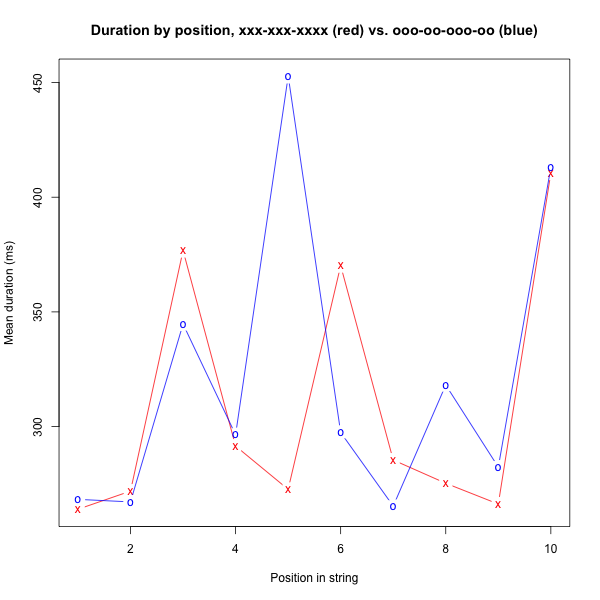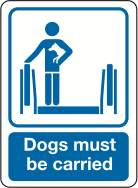Consonant effects on F0 of following vowels
I spent the past couple of days at a workshop on lexical tone, organized by Kristine Yu at UMass. A topic that came up several times was the question of whether "segmental" influences on pitch — for instance, the fact that voiceless consonants are typically associated with a higher pitch in the first part of a following vowel — might be diminished or even eliminated in languages with lexical tone. Several participants observed that the evidence for this is not very strong: the classical paper on the subject studied a small number of utterances from one speaker in Thai, for example.
So for this morning's Breakfast Experiment™, I wrote a little script that calculates and displays (one way of looking at) these effects in the TIMIT dataset, which includes 10 English sentences spoken by each of 630 speakers. (Specifically, there are two sentences spoken by all 630 speakers; 450 sentences spoken by 7 speakers each; and 1890 sentences spoken by a single speaker.)
I had to go to a meeting before I had a chance to write up the results, but the meeting ended early enough for me to find 15 minutes before lunch, so:
Read the rest of this entry »

 Whenever I visit England, I'm struck by the fact that escalators, moving walkways, and other public conveyances commonly have signs requiring users to carry dogs. I also always remember
Whenever I visit England, I'm struck by the fact that escalators, moving walkways, and other public conveyances commonly have signs requiring users to carry dogs. I also always remember 